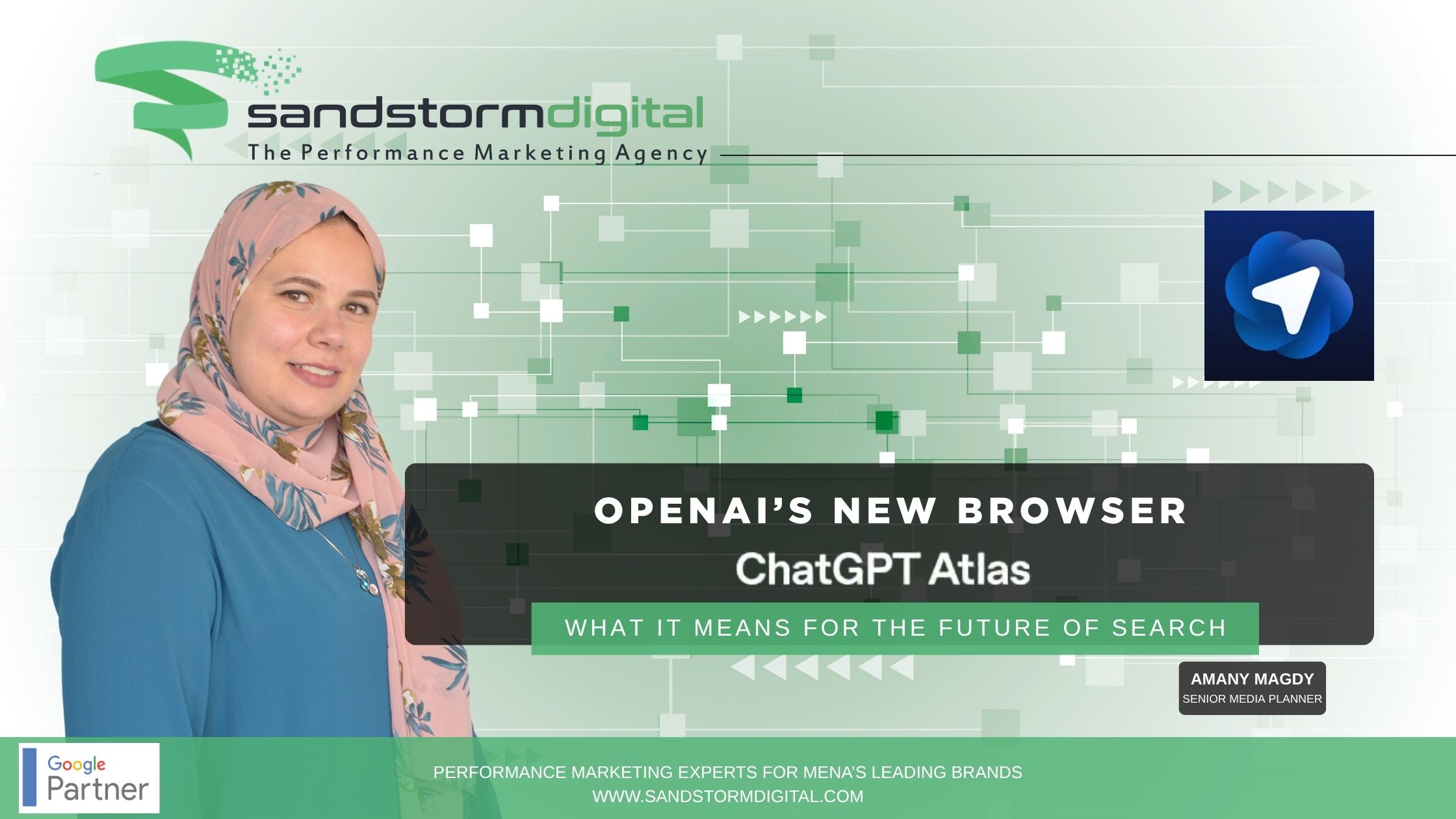Internet users are bombarded with information, articles, blog posts and marketing material on a daily basis. This information overload has led most internet users to learn how to scan content quickly, before deciding whether or not to read the full text, as this enables them to determine how useful the information will be. Creating content that can be easily scanned and assessed by potential readers is crucial for increasing your readership and improving the readability of your marketing material.
Headings and Subheadings
Clear headings and subheadings enable readers to quickly see the main points or ideas covered in your content. Choose descriptives titles, headings and subheadings that are easy to understand. Try to follow a similar pattern for all headings on the same level. For example, if the first heading begins with a verb, such as buy, try or build, each subsequent heading should also begin with a verb. In addition, use consistent formatting, such as the font size, bold or italicized text, for your headings and subheadings.
Word Choice
Readers often scan text for specific keywords and phrases related to their interests. Think about the words and word combinations your intended audience will be looking for, particularly unusual words that will stand out. The language and tone of your article can also have an impact on your readers. For example, using negative language might be inappropriate for articles on personal development. In addition, using an active voice and strong verbs helps to engage your reader and encourage them to read the rest of your text.
Paragraphs
Paragraphs should be small and concise, as this makes it easier for your audience to scan and assess the information. Short sentences are usually best for online reading. Longer sentences should be broken up with punctuation or some type of formatting to give the reader a chance to pause and digest the information. Use a separate paragraph for each new idea and try to organize the information in a logical or linear way. Each paragraph should relate to the one before it. Make sure there is plenty of white space between and around your paragraphs.
Bullet Points
Bullet points and numbered lists are great ways to organize information and highlight important points. Bullet points also catch the eye and make it easier to scan the text. Use bullet points to list relevant information, such as facts and figures related to the article, advantages and benefits of using your products or the main points you are making in your article. Each section of a bullet point or numbered list should start with the most important phrase and contain as few words as possible. You don’t need to use full sentences when working with bullet points.
Text Formatting
Formatting keywords by using bold, italic or underlined text helps them to stand out and makes it easier for your audience to determine whether or not they want to read the full post. Changing the color of single words or highlighting particular phrases can also be effective in grabbing the reader’s attention. However, formatting techniques should be used sparingly, as excess formatting can make your text appear cluttered, confusing or unprofessional.
In Summary…
Internet users often scan text quickly before deciding if they want to read the whole article. Creating content that can be easily scanned and assessed by your audience is crucial for drawing readers in. Using clear headings and subheadings, choosing the right keywords or phrases and using small paragraphs with plenty of white space in between helps readers to quickly scan the information. Separating important information with bullet points and formatting specific words and phrases with bold, italicized or underlined text can also help to highlight the key points.











